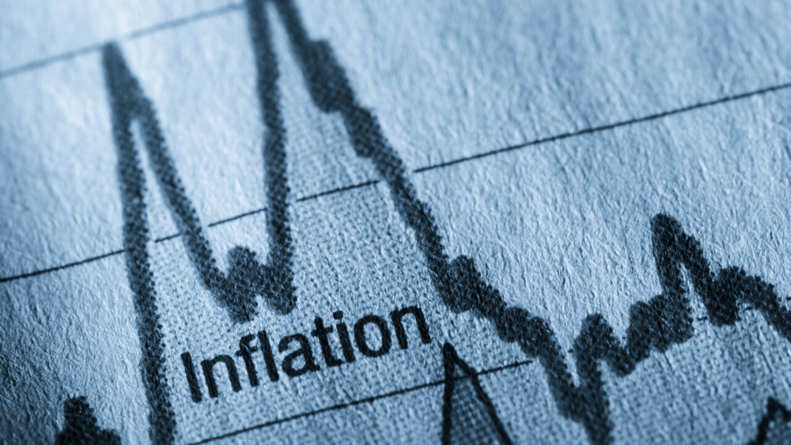Inflation continues to hang over markets in Europe, the US, and China

Financial markets have had no shortage of stimuli to from which to move. A global semiconductor shortage and possible commodity supercycle to labor market bottlenecks caused by the end of governmental support measures against the pandemic have ratcheted up record volatility in 2021.
Investors have also grappled with container freight tariffs reaching new highs and surging commodity prices to supply chain bottlenecks fueled by a combination of a growing demand and inelasticity on global supply.
The many references to inflation in the current environment have made it quite difficult to avoid the subject as it seems to be coming in from all sides.
Regardless of global drivers, inflation's impact has been felt differently throughout the world as annual core inflation has risen higher in the US (the highest in three decades) while the Eurozone seems to be albeit much slowly following suit, and China's growth seems to have been stifled.
Consequently, all eyes will be on what will the central banks do and how exactly might they act upon it.
Europe: The ECB's take on things
The European Central Bank recently published its Strategy Review in which its inflation target has risen from "below, but close to 2%" to "2%".
The ECB's new monetary policy decision was also released. The guidance statement claimed that the European Central Bank "expects they key interest rates to remain at their present or lower levels until it sees inflation reaching two percent well ahead of the end of its projection horizon." (...) "This may also imply a transitory period in which inflation is moderately above target."
The guidance statement seems clear that the ECB might not actually be deviating from its key policy rates all the way through to 2024.
Even though we might see inflation rise further to levels much closer to 3%, the ECB seems to be counting on seeing disinflationary pressures on the horizon as covid-related temporary factors (such as shops closing or tax alterations) will most likely start unwinding leaving core inflation below its target.
United States: Could the peak be behind us?
Jerome Powell, the chair of the Federal Reserve, insists on inflation being transitory, and while some indicators seem to lead us to believe that inflation might have peaked, the outlook is still worrisome as inflation persistence signals are also worth of taking notice: PPI is still on the rise, and as key sectors will still see constraining outputs, supply-side bottlenecks effects seem to be lingering on well into the end of the year.
Worrisome as those factors may be, it's the core consumer price surging in the US to levels which have not been seen since the eighties and the Eurozone following suit that seems quite problematic.
On the other side of things, the US seems to be experiencing robust jobs growth and a hefty infrastructure investment is in the pipeline.
The Delta variant effect still seems to be hampering the recovery rate of services but to a much lesser extent than before.
China: Slow and steady
The Chinese economy seems to be currently slowing down as China enforces its zero-tolerance policy towards COVID-19, environmental regulations, and saw its export capacity reduced as outbreaks happened in its ports, thus weakening its momentum.
With the goal of quickly eliminating all COVID-19 cases, the Chinese government crafted a localized strategy with tightened restrictions which may have led to some supply bottlenecks but may have also cleverly dissipated some exposures to risk.
Nonetheless, its economic fall-out seems to be quite manageable.
Wrapping up
Delta might not derail the global recovery, but it will sure try to stifle it.
It will be up to the
central banks and governments to overcome hardship but even though we might just
be standing on a plateau, a decline isn't a given as short term uncertainty and
elevated inflation are very much still in play.




